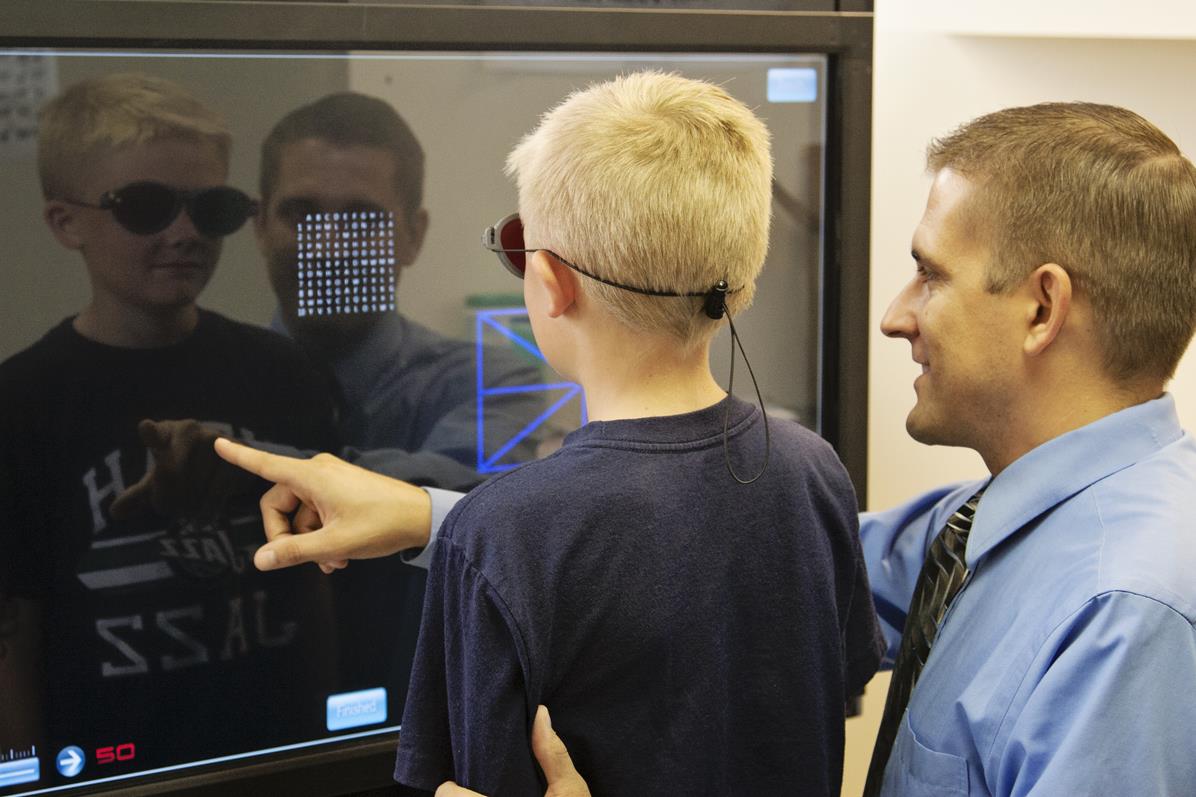Vision therapy is a specialized program that helps improve how your eyes and brain work together, enhancing visual skills and easing discomfort in daily activities. If you or your child experience any of the following signs, it may be worth considering vision therapy to improve visual health and quality of life.
1. Frequent Squinting or Head Tilting
Squinting or tilting the head to see more clearly can indicate that the eyes aren’t working together properly. This can be especially common in children, who may not realize they’re compensating for a vision issue.
2. Blurry Vision
Blurry vision, especially when reading or focusing on near objects, can be a sign of poor visual focus or eye coordination. This can lead to eye strain or discomfort, making everyday tasks more challenging.
3. Double Vision
Seeing double, even occasionally, is a red flag for vision issues that could be improved through therapy. Double vision may indicate misalignment or trouble with depth perception, both of which can be addressed through targeted exercises.
4. Eye Strain or Fatigue
If your eyes feel tired or strained after a short period of reading, screen time, or other close-up work, it’s a sign that your visual system is working harder than it should. Vision therapy helps ease this strain by improving focus and coordination.
5. Headaches or Tiredness
Frequent headaches, especially around the forehead or eyes, can be connected to vision problems. Headaches after reading or screen time are common indicators of eye strain that therapy can help relieve.
6. Motion Sickness or Dizziness
Dizziness and motion sickness can be linked to vision issues, especially if your eyes have trouble tracking motion or adjusting between different focal points. Vision therapy can strengthen the brain-eye connection to reduce these symptoms.
7. Poor Eye-Hand Coordination
Struggling with tasks that require precise hand-eye coordination, like catching a ball or writing, can indicate an underlying vision issue. Therapy helps improve coordination by enhancing how visual information is processed and translated into action.
8. Poor Posture When Reading or Doing Homework
Slouching or leaning too close to the page can be a subtle sign of vision issues. Poor posture often develops when someone is trying to see more clearly or compensate for eye strain, which vision therapy can address.
9. Tendency to Cover or Close One Eye
If you often find yourself covering or closing one eye to see better, this could mean your eyes aren’t working well together. Covering one eye is often an attempt to reduce visual confusion or strain, and vision therapy can help improve binocular (two-eyed) vision.
10. Eye Turning In, Out, Up, or Down
Any noticeable turning of one eye could indicate alignment issues, which are often correctable through vision therapy. Misalignment can affect depth perception and make focusing challenging, but it can be effectively treated with the right exercises.
11. Using Finger-Pointing When Reading
Pointing to each word while reading can indicate difficulty tracking words on a page. This habit, often seen in young readers, could be a sign of visual tracking issues that make it hard to move smoothly from word to word. Therapy helps improve tracking skills, making reading easier and more enjoyable.
If these signs sound familiar, vision therapy might be the answer. At Utah Vision Development Center, we design therapy plans tailored to each patient’s unique needs, helping improve visual function and reduce discomfort. Reach out today to learn more about how vision therapy can support you or your loved ones!





